SVBONY SV503 ED Telescope and Nebula
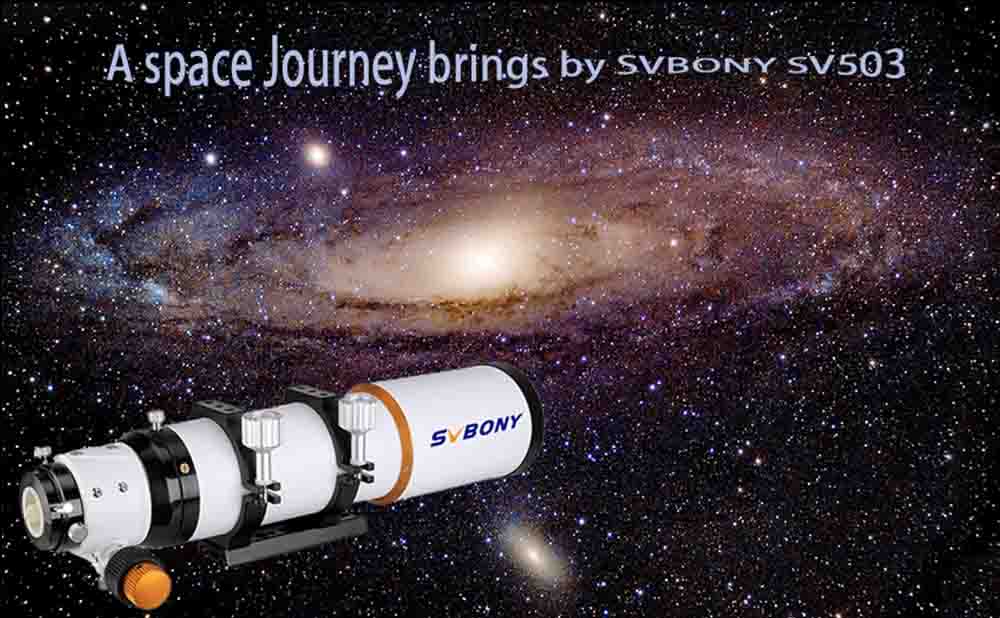
SVBONY SV503 ED Telescope and Nebula
Recently I have always seen beautiful nebula pictures in the Svbony Telescope Club. They reflect the author's excellent photography and post-processing skills, and also give good feedbacks to SVBONY SV503, and those who have used think SV503 excellent value for money.
I summarized some recent good works, and hope more people can see them. The article gives a very brief introduction to every Nebula. At the same time, it also lists the equipment, accessories, and post-processing tools used by the authors. I hope it can help the ones who like nebula and astrophotography.
Next, I will introduce the works according to the traditional classification of the nebula. including diffuse nebula, planetary nebula, and supernova remnants.
Diffuse Nebula from SV503
The Great Orion Nebula
The Great Orion Nebula (M42, NGC 1976) is a diffuse nebula in the constellation Orion. It is 1344 ± 20 light-years from Earth. It is the closest star-forming region to us. It is quite bright, second only to the Ship's Base Nebula throughout the day. It can be observed with the naked eye in areas free of light pollution.
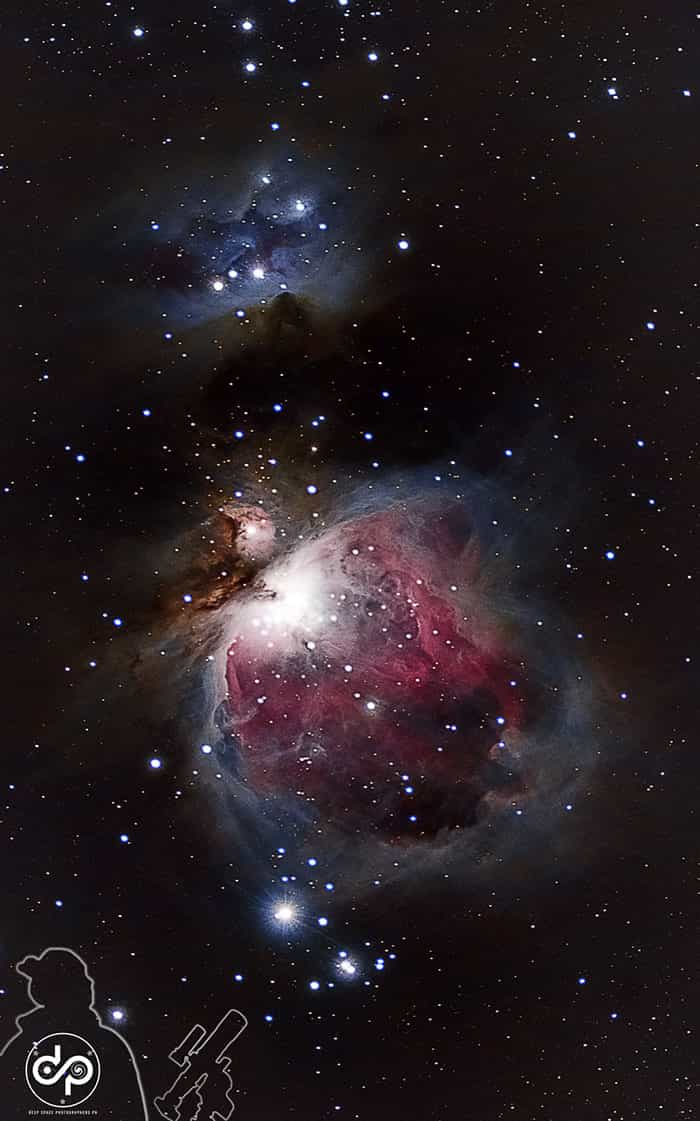
(It is from Grim Villanueva II, by Svbony SV503 80mm ED f7, Nikon D5100, AZ-GTi Go-To Mount, 62x60sec exposure, ISO800 Unguided, Stacked and Tracked
Stacked in DSS, Process in Pixinsight+PS)
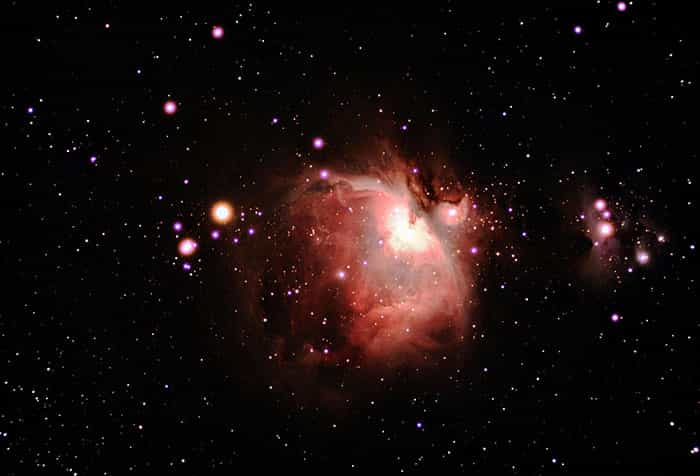
(It is from Village St, by Scope: SVBONY SV503, 80ED F/7, Guide scope: FL180mm + IMX224, Sensor: ASI294MC Pro, Capture soft: N.I.N.A. Light: 10x180sec, 10x60sec, Dark/Bias: same as light, Process: DSS, GIMP)
The Rosette Nebula
The Rosette Nebula is also called Cordwell 49. It is a large spherical region of ionized hydrogen with a rounded appearance. It belongs to the emission nebulae of the diffuse nebula. It is located in the constellation Kirin. It is a giant molecular cloud near the end of the Milky Way. The stars in the sparse cluster NGC 2244 (Coldwell 50) were formed from the material of this nebula. So they are tightly bound to The Rosette Nebula.
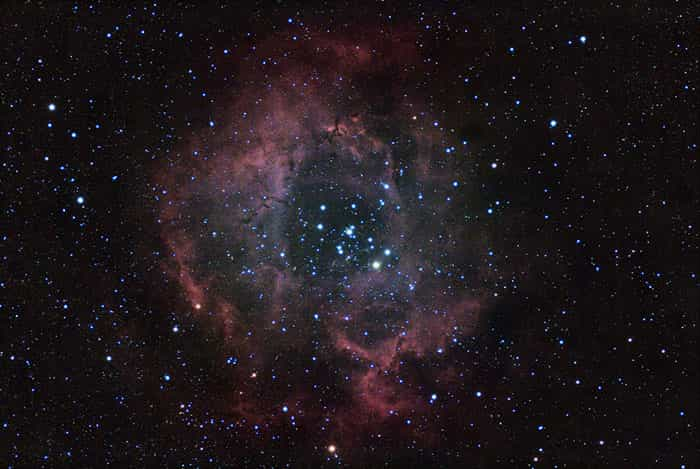
(It is from Alessandro De Pace. By SVBONY SV503 ED 80/560 F7, Canon 1000D full spectrum, LEVELER X1 + NO CLS filter , SW EQ5 PRO GoTo, SVBONY SV106 60mm+asi224 MC (activate PHD2), 222 LIGHT + 73 DARK + 40 BIAS + 31 flats, 60 sec and ISO 400, APT+DSS+PS)
NGC 7635 Nebula
NGC 7635, also known as the Bubble Nebula, Sharpless 162, or Caldwell 11. The "bubble" was created by the star SAO 20575. It is a diffuse nebula located in the constellation Cassiopeia. In 1787, it was discovered by William Herschel.
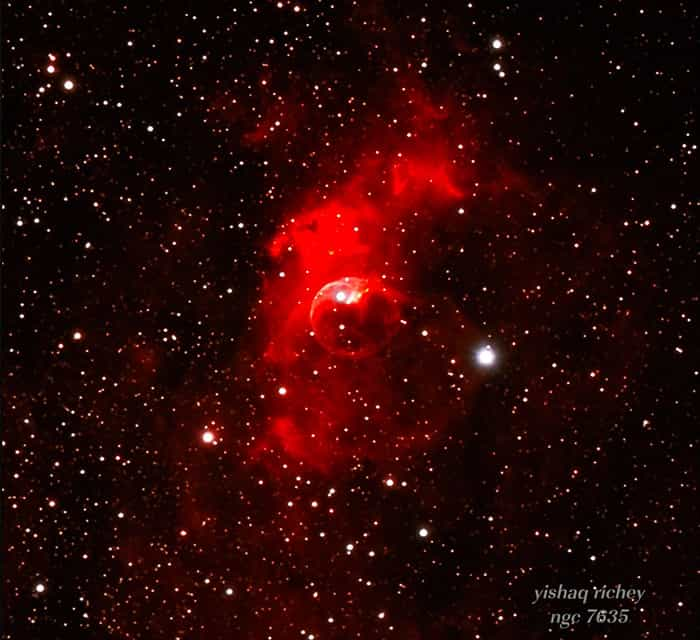
(It is from Yishaq Richey. By Svbony SV 503 80mmED, Mount SW EQ6 pro, Guide scope SV106 60mm, Camera Zwo asi294mc pro, Guide Camera Altair 130mm, Total lights time 9.5hrs @360sec. Darks 50, Flats 60, Dark flats 60, Captured in APT, Stack in DSS, Process in Photoshop, InPixio, Guiding PHD2.)
The Trifid Nebula
The Trifid Nebula (also known as M20, NGC 6514 ), belongs to the diffuse nebula. It is located in the constellation Sagittarius. It was discovered by Charles Messier on June 5, 1764. And its name means "divided into three pieces".
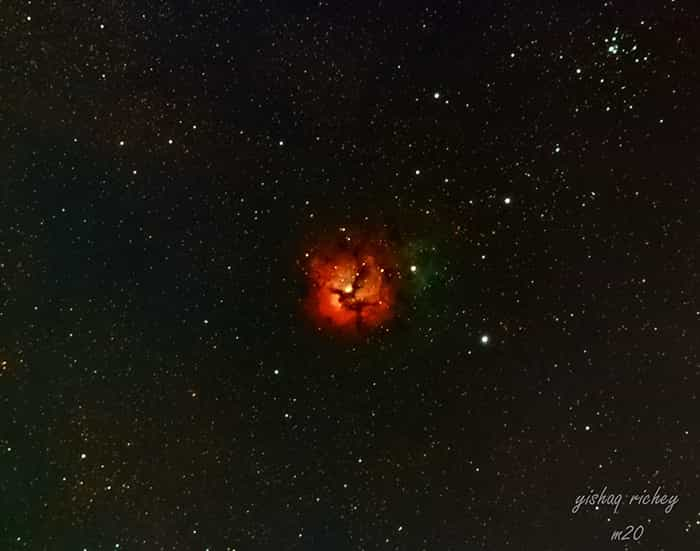
(It is from Yishaq Richey. By Telescope Svbony SV503 80ED, Guide scope SV106 60mm, Filter- Altair quad-band, Mount SW EQ6 Pro, Camera Zwo Asi294mc pro, Subs-1hr 42mins @360sec, Darks 20, Dark flats 20, Flats 20, Captured- APT, Process in Photoshop+ Inpixio.)
Planetary Nebula from SV503
M27 Nebula
M27 is a planetary nebula in the constellation Fox. It is also called the Dumbbell Nebula because of its resemblance to a dumbbell. It was the first planetary nebula to be discovered by humans. It was discovered in 1764 by the French astronomer Charles Messier.
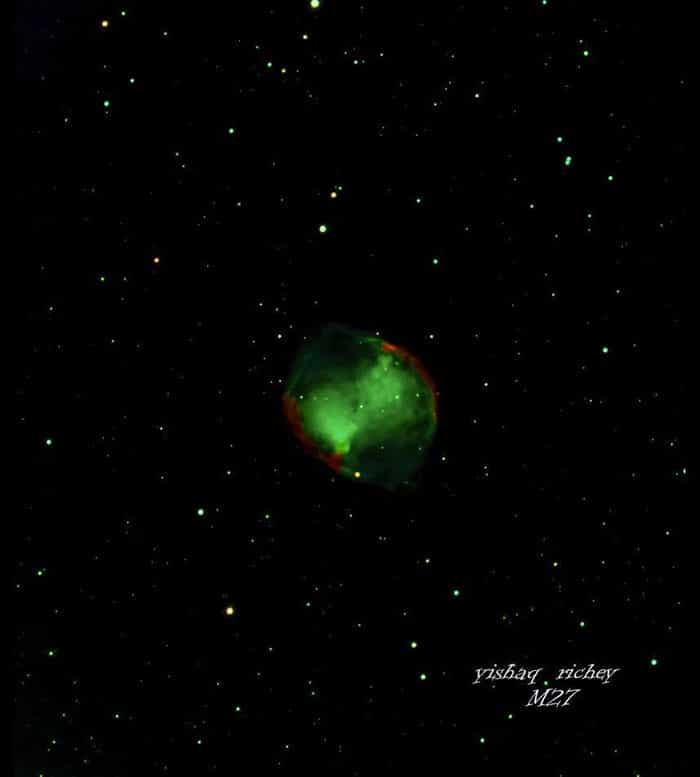
Supernova Remnants from SV503
NGC 6960 Nebula
NGC 6960,belonging to supernova remnants. it is a kind of veil nebula,Western Veil. It just like a finger or a Broom,so also called God's finger or the witch's broom.
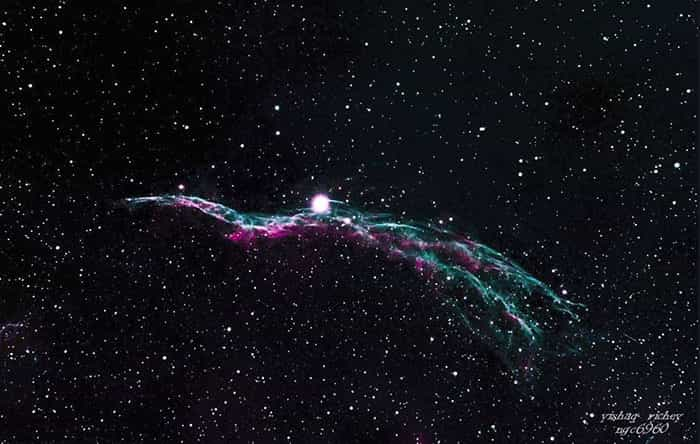
(It is from Yishaq Richey. 70% moon,SB 49%. 28 subs @ 300s, 20 dark's, 30 dark flats, 30 flats. SVBONY SV503 80ED, SVBONY SV106 60mm Guild Scope, SW EQ6 pro mount. ZWO 294MC Camera, capture in APT, Process in DSS, Photoshop)
Write down at the end
I will end with the Andromeda Galaxy of Grim Villanueva II. Andromeda Galaxy, also known as Messier 31, M31 and NGC 224. It is a spiral galaxy about 2.5 million light-years from Earth. Andromeda galaxies are easily visible to the naked eye in moderately dark skies. But such scenery only exists in lower light pollution environments.
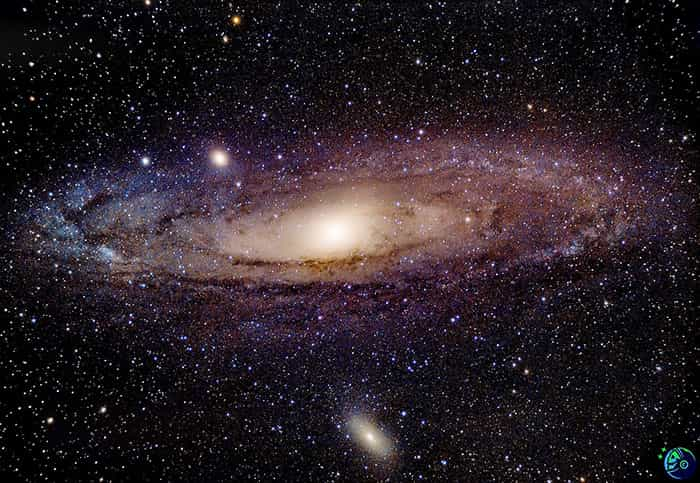
(By Svbony SV503 80mm ED,Nikon D5100 Camera, Skywatcher AZ-GTi GoTo Mount, 60x60sec exposure, 20xBias, 20xDark, ISO 1600, Tracked and Staked.)
A starry sky is a place worth exploring. It is astrophotography that brings us the beauty we cannot see with our naked eyes. We look forward to more and better works from SVBONY products including SV503 and our photographers. Last but not least, special thanks to those who are willing to provide me with photography works and materials.Thanks again.
you can learn more about the SVBONY SV503 ED telescope. https://www.svbony.com/blog?s=sv503








